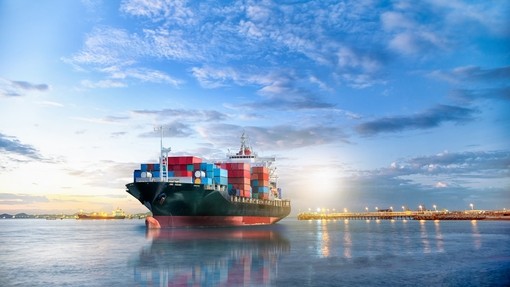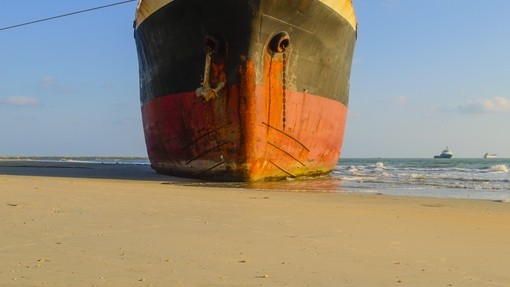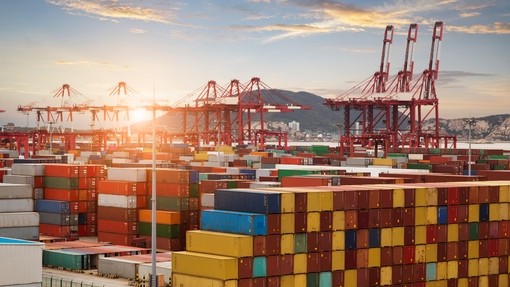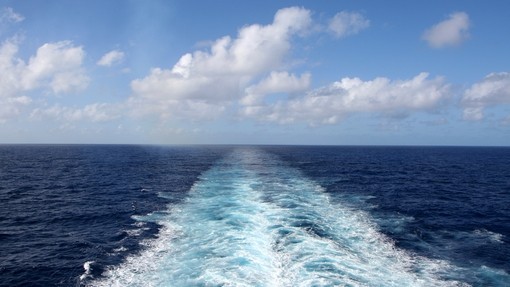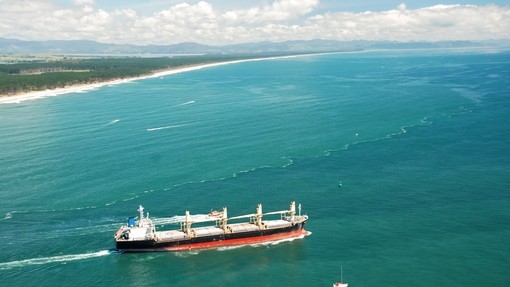Decarbonisation and shipping: the coming change
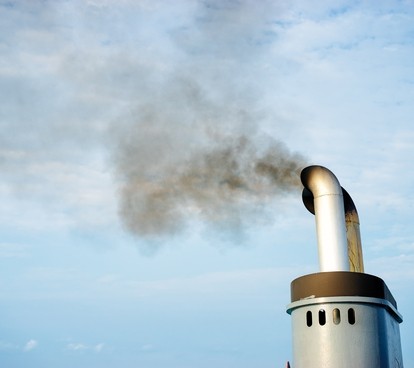
Details
Human activities are changing the earth’s atmosphere. As a result of the emission of greenhouse gases from industrial activities the planet is warming and the delicate balance of life on earth as we know it is being increasingly threatened. Consequently, addressing climate change and reducing the emission of greenhouse gases is becoming an increasingly urgent global priority.
International treaties
International political efforts to reduce greenhouse gas emissions first coalesced in the 1992 United Nations Framework Convention on Climate Change (UNFCCC), an international treaty that entered into force on 21 March 1994 and to which almost all states globally are party. The objective of the UNFCCC was to stabilise the level of greenhouse gases in the atmosphere at concentrations that would not amount to dangerous human interference with the climate. Under the UNFCCC, industrialised countries agreed to make the biggest cuts to their greenhouse gas emissions and to support climate change activities in developing countries.
Following from the UNFCCC a further international treaty, the Kyoto Protocol, was adopted in 1997 and entered into force on 16 February 2005. The Kyoto Protocol applies to six greenhouse gases and imposed on developed countries binding individualised targets for reducing the emission of those gases. The overall targets being to achieve an average reduction in emissions of 5% compared to 1990 levels between 2008 and 2013, and an average reduction of 18% compared to 1990 levels between 2013 and 2020. The Protocol permitted reduction by several mechanisms, including by emissions trading, and also established an emissions monitoring system.
In 2015, the parties to the UNFCCC adopted the Paris Agreement on Climate Change which entered into force on 04 November 2016. The Agreement requires the party states to make ambitious efforts to keep global temperature increases from exceeding 2°C above pre-industrial levels, and to pursue efforts to keep the increase below 1.5°C, with peaking of greenhouse gas emissions to be reached as soon as possible, and emissions rapidly reduced thereafter, so as to achieve net-zero emissions within the second half of this century.
The Paris Agreement also aims to increase adaptability to the adverse effects of climate change, to align finance flows with the pathway towards reduced greenhouse gas emissions and climate resilient development, and requires regular reporting on implementation efforts and emissions levels. It also makes provision for a global stock take of the position every five years. Although almost every nation of the globe is party to the Paris Agreement, the United States is poised to withdraw in November 2020 and is already pursuing policy contrary to the Paris Agreement. *Update: Following withdrawal of the US from the Paris Agreement on 4 November 2020, under the Trump presidency, the US officially re-joined the Paris Agreement on 19 February 2021 under the Biden presidency*.
Impact on Shipping
The shipping industry is not directly regulated by any of the above international treaties. However, the International Maritime Organization (IMO), which is the division of the United Nations (UN) which regulates shipping, and which is composed of representatives of the member states of the UN, set itself a long-standing mandate to contribute to the fight against climate change by addressing greenhouse gas emission from shipping. Consequently, in April 2018 it adopted the Initial IMO Strategy on Reduction of GHG Emissions from Ships.
The ambitions of the Initial Strategy are: to reduce the carbon intensity of ships; by 2030, to reduce the carbon intensity of international shipping by 40% compared to 2008 levels, and by 2050 to reduce carbon intensity by 70%, and, by 2050, to reduce greenhouse gas emissions from shipping by at least 50%, again compared to 2008 levels, and to phase them out as soon as possible. These ambitions are to be accomplished by a mixture of means applicable in the short, medium and long-term.
For the ship owner, although the international treaties do not affect it directly, it will become subject to new regulations at local level as international ambitions are translated into national laws with direct effect. While the international picture is relatively cohesive, the individual national laws that give effect to such treaties often result in a patchwork of regulation differing from nation to nation. For example, the IMO 2020 regulations, which aimed to reduce sulphur emissions from shipping, mandated a clear and globally applicable maximum sulphur content of 0.5% for marine fuels. However, the implementation of that rule was left up to individual nation states with the result that diverse regimes are now in place. In some states, the rule is strictly enforced and in others, it is not.
By its very nature, any shipping transaction exposes the trading ship to multiple sources of regulation including by the law of the flag, the law of the countries it is trading to and from, international law of the high seas and by various contractual relationships. Within this complex, overlapping and at times potentially contradictory regulatory framework the ship owner must operate astutely and with caution to avoid incurring regulatory penalties, such as fines, or worse committing offences or causing harm.
Upcoming
In our next article we will be looking in more detail at some of the means the IMO is pursuing to achieve the ambitions of the Initial Strategy, including measures to be adopted by the Marine Environment Protection Committee (the body which addresses the environmental issues falling under the IMO’s remit) at its next meeting in November 2020, and considering further the potential impacts on shipping.
View our next article on decarbonisation and shipping.
Watch Rachel Hoyland introduce the first in our series of articles on decarbonisation
Playing this video will set non-tracking cookies from YouTube/Google

